Arancini/e

The Old and the New
Arancini/e
By Antonia Fest
October 14, 2022
A few weeks ago in mid-September, I was at a dinner party in Sicily. We clung onto the last days of summer with an al fresco barbecue and everything which we consumed came from the very surroundings within which we were dining. Sicilian meat, Sicilian vegetables, and Sicilian grapes dominated our plates and glasses. At a certain point I mentioned how as a Londoner - whose meals are usually imported from more delicious lands - it is always a privilege to dine on solely local produce. The Sicilians around the table met my comment with steadfast agreement. One of them, who runs a company which offers tours of Mount Etna, responded with a mixture of earnest and pride. He asserted that Sicily is an island of inexhaustible prosperity.
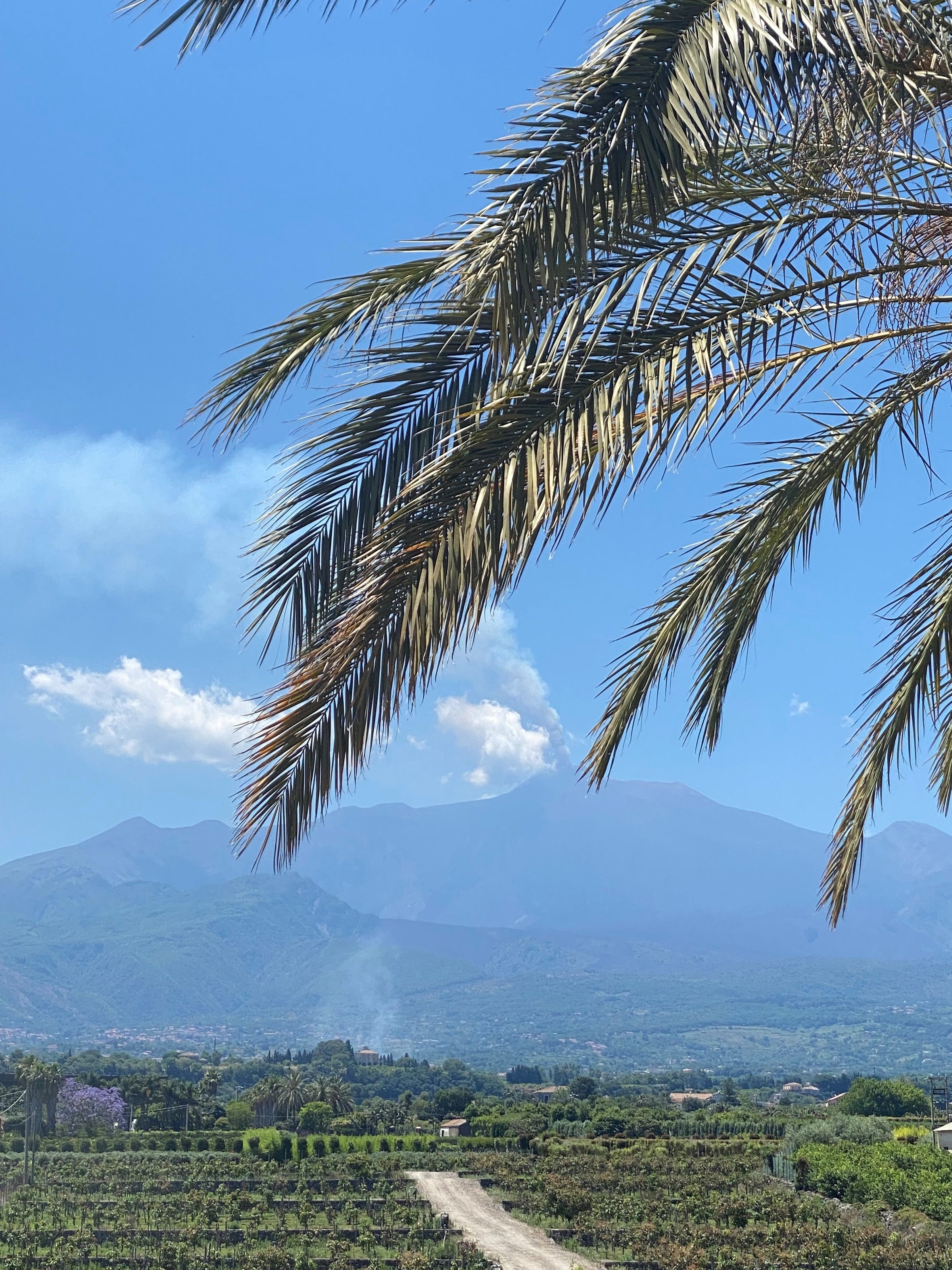

In recent years more and more locals (as well as a handful of internationals) have been cultivating the land’s produce and culture and reaping its riches in exciting new ways. This has largely contributed to the boosted intrigue of late over the Mediterranean’s largest island. I asked my friend who runs the tour company whether he thought there was a limit on what Sicily could produce or whether it runs the risk of overcommercialisation and without a moment’s hesitation, he said no. His conviction lay in the fact that, broadly speaking, Sicilians have mastered the harmony between tradition and innovation. Their unwavering respect for their origins is wielded to a desire for progression. By doing so, it ploughs ahead without obliteration. You can see such a duality in many areas of Sicilian culture, not least in its cuisine. A perfect example would be thearancino.

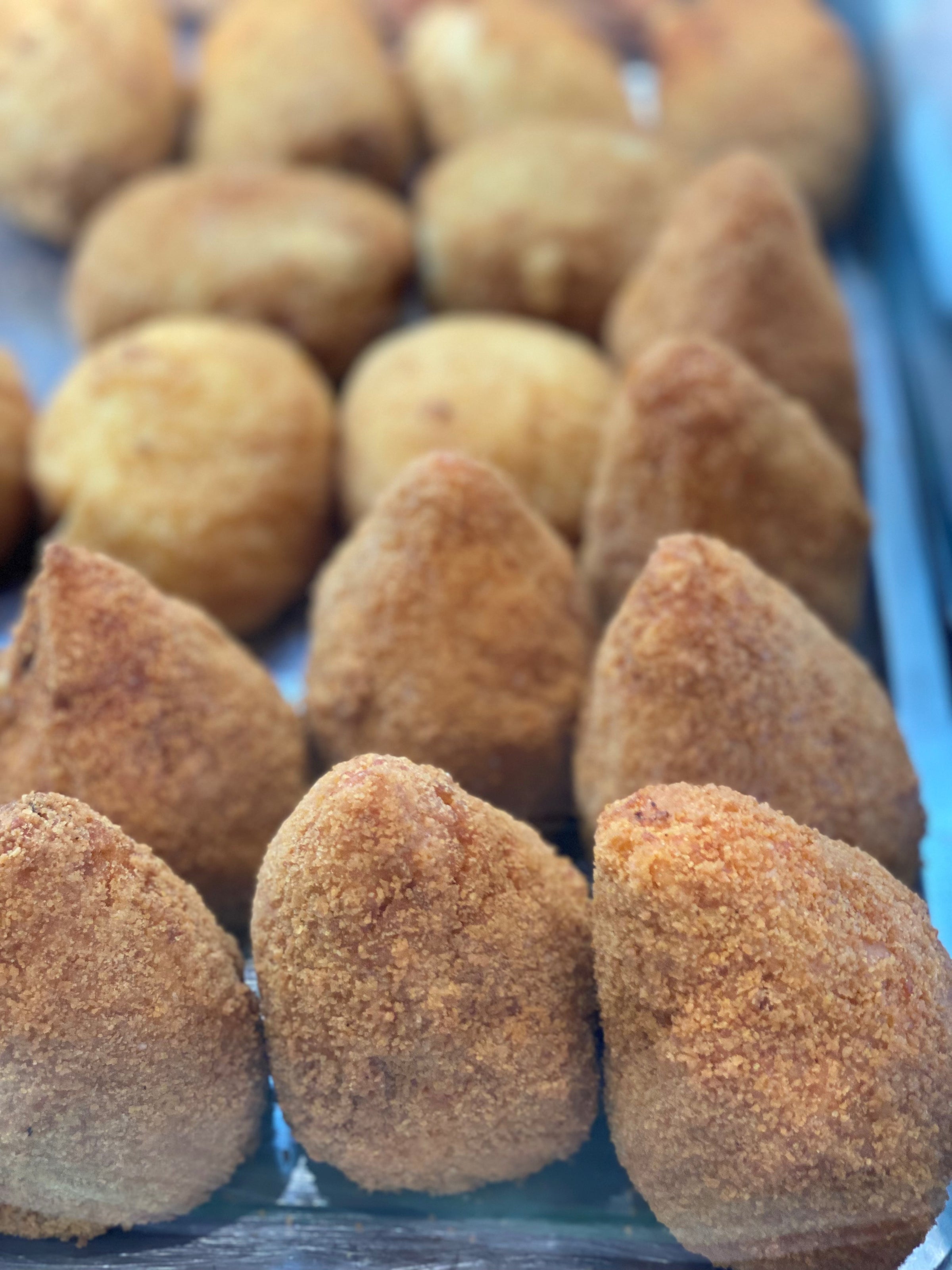
Aranciniare a typical Sicilian street food whose flavours and textures are so inextricably bound to the island, that locals consider them to taste like home. They are balls of saffron-infused rice, traditionally filled with ragu (‘allacarne’) or a buttery, cheesy sauce (‘alburro’), encrusted in breadcrumbs and deep fried. They are renowned throughout the entire island but there is a divide in opinion between the east and the west on their shape and name. In eastern Sicily, the street food is called ‘arancino’(plural:arancini), which is the masculine form of the word. It is usually conical in shape and some say it bears resemblance to the volcano, Etna which lies at the foot of Catania, the island’s eastern capital. On the western side of the island, the riceballs are known in their feminine form, ‘arancina’ (plural:arancine) and tend to be perfectly spherical, resembling an orange which in Italian is ‘arancia’. The street food’s name derives from the fruit, which is a feminine noun, and therefore westerners bestow it with the same gender. In the east however, the Sicilians favour the fruit’s name in dialect ‘aranciu’which takes a masculine form. This leads to their conviction that the street food should also be male. The disagreement over semantics will never see an end which is testament to the cultural significance of thearancino/ato all Sicilians.
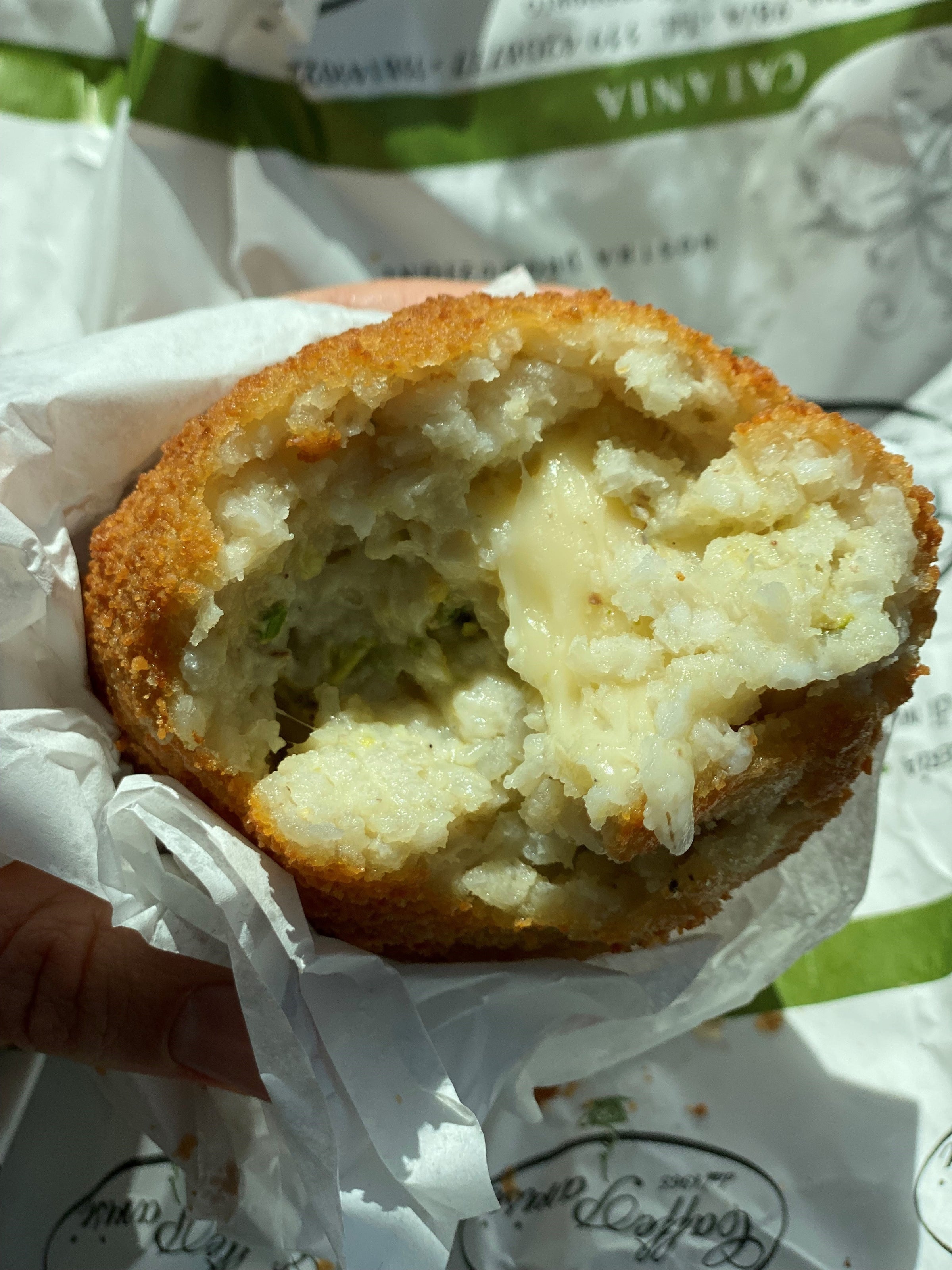
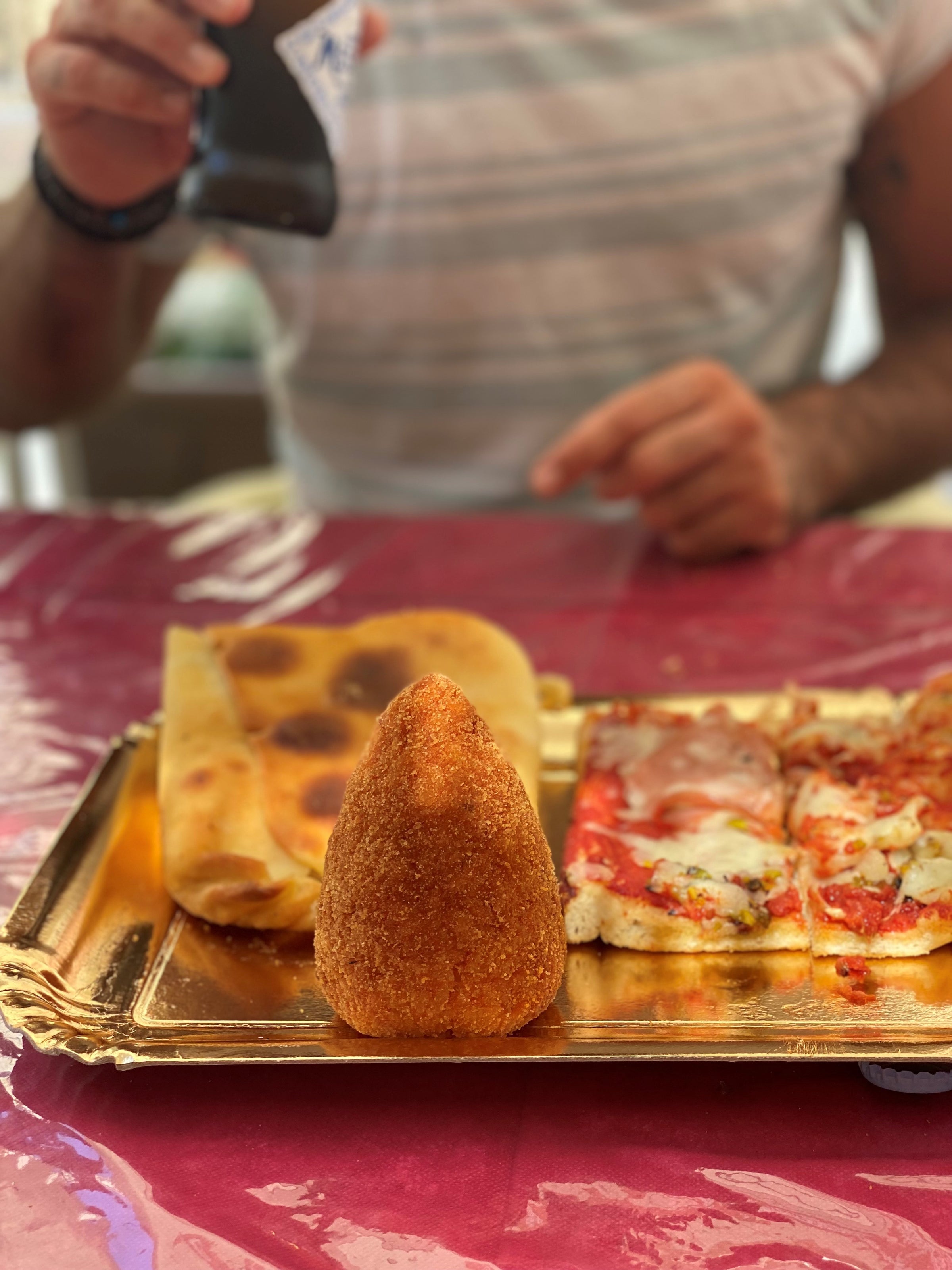
The ingredients which were eventually used to create thearanciniwere first brought to Sicily in the 10thcentury under the Arab occupation. Saffron and rice were introduced to the locals (along with citrus fruits which are now undoubtedly one of Sicily’s most important raw products) and were served in a typical Arab dish with meat and vegetables. Later, during the Norman occupation (12thcentury), these ingredients were combined, breaded, and fried to make a portable snack for long journeys or hunting trips thus giving form to the firstarancini. The ideal combination of functionality and flavour, they have satisfied locals throughout the years and throughout the island.
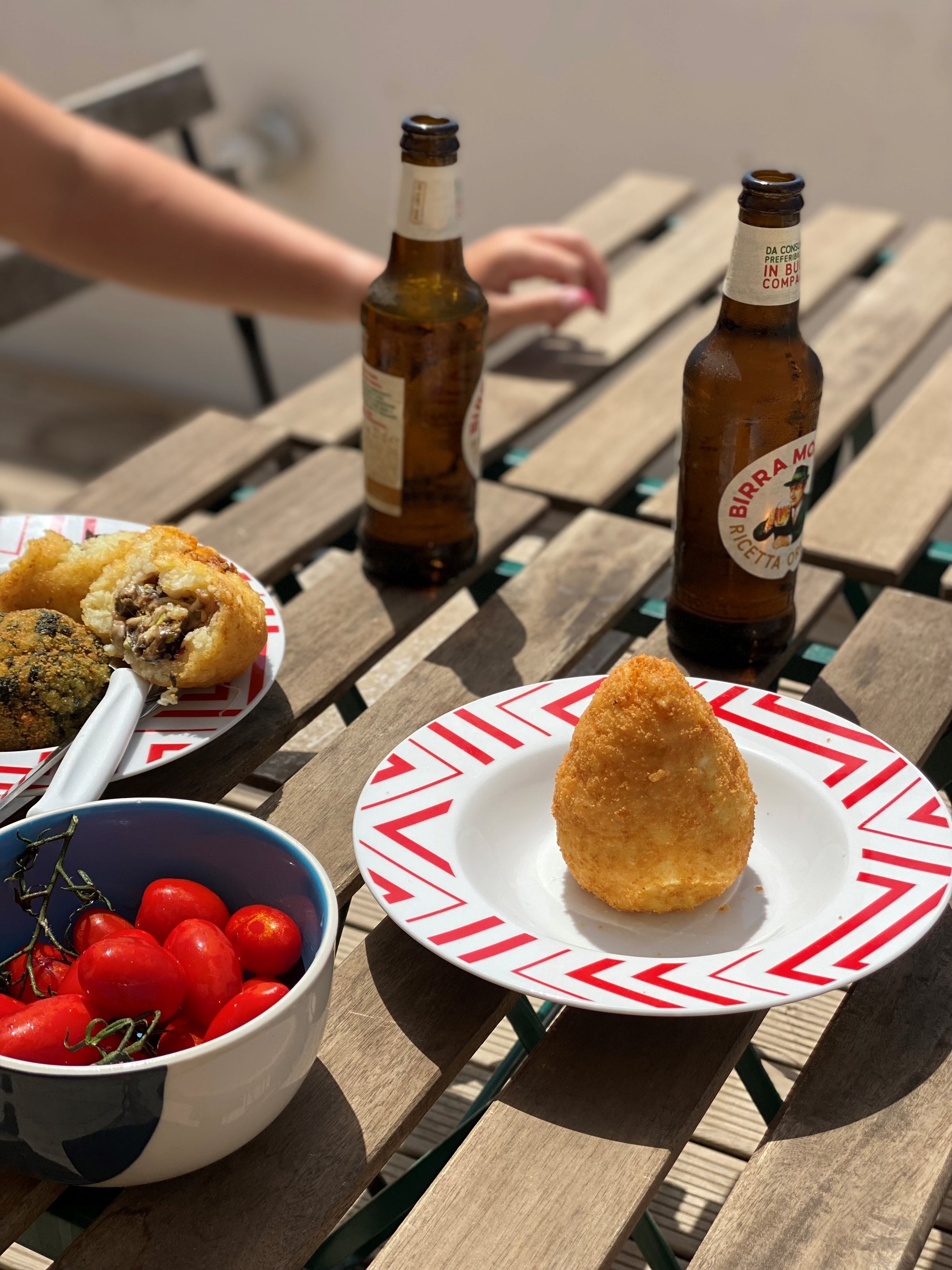
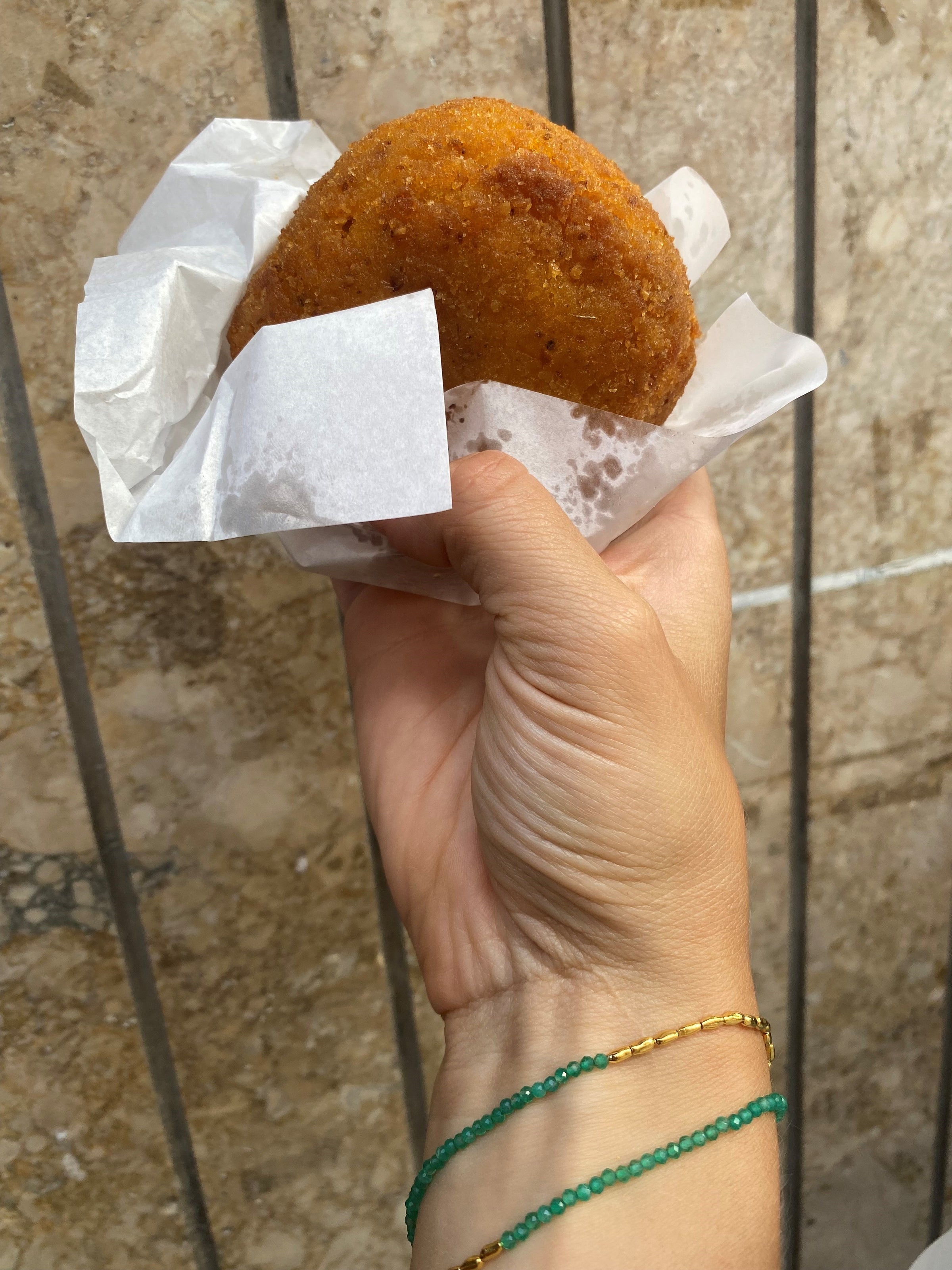
Typically a street food, freshly fried and handed to you in a shroud of paper tissue to soak up the excess oil,arancinishould be devoured immediately and should result in greasy hands and ragu-stained lips. However, they have also made their way onto menus across Sicily encouraging a more refined style of consumption. Restaurants will often serve a ‘tris’ofarancini; 3 small, differently filledarancinito educate the palette on the various flavours which can be found at the heart of the balls. Here is where the words spoken by my friend at the Sicilian dinner party ring true. The thousand-year-old history of thearancinois fiercely maintained by locals today through the countless vendors who sell them in their traditional forms.
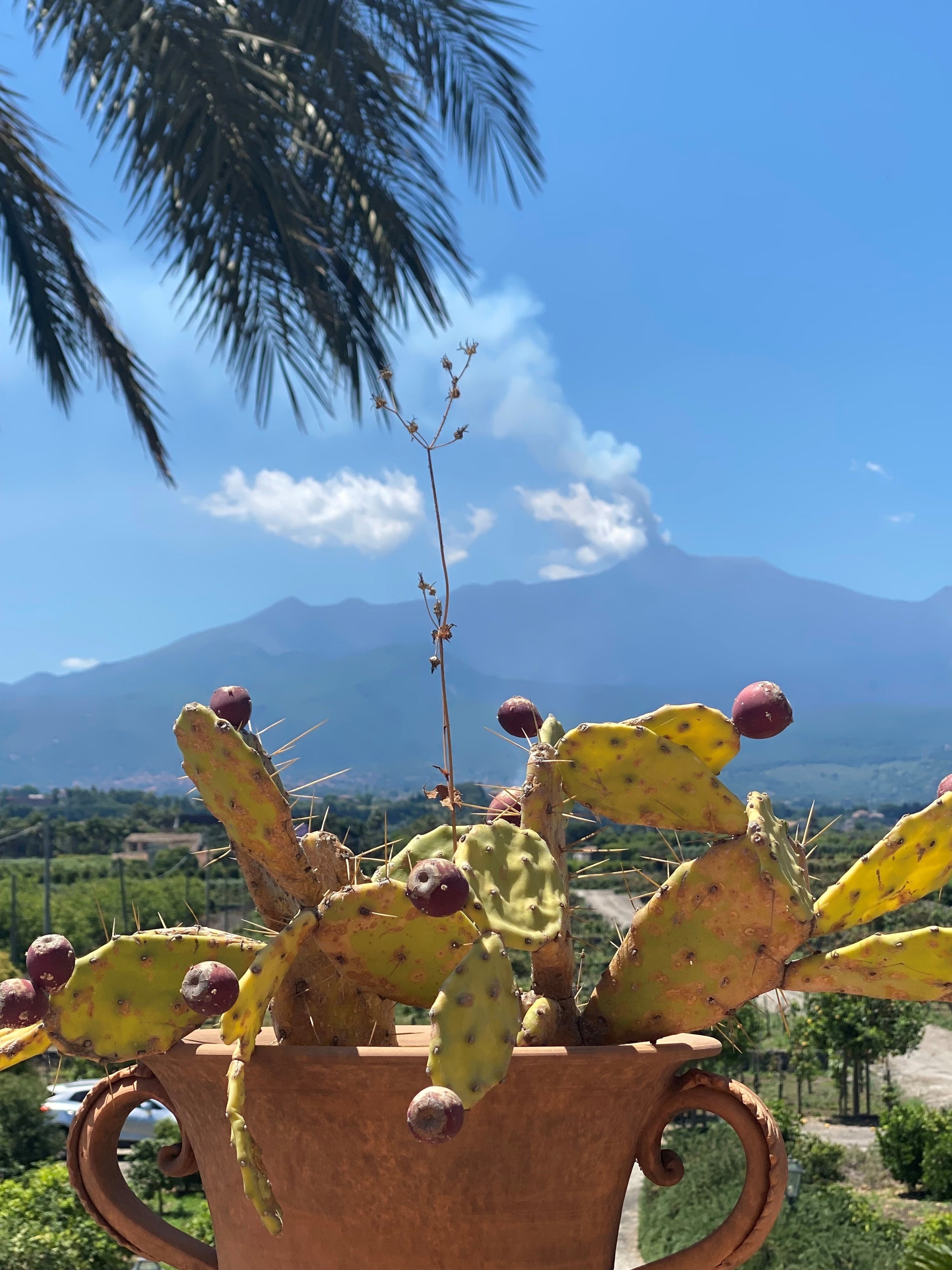
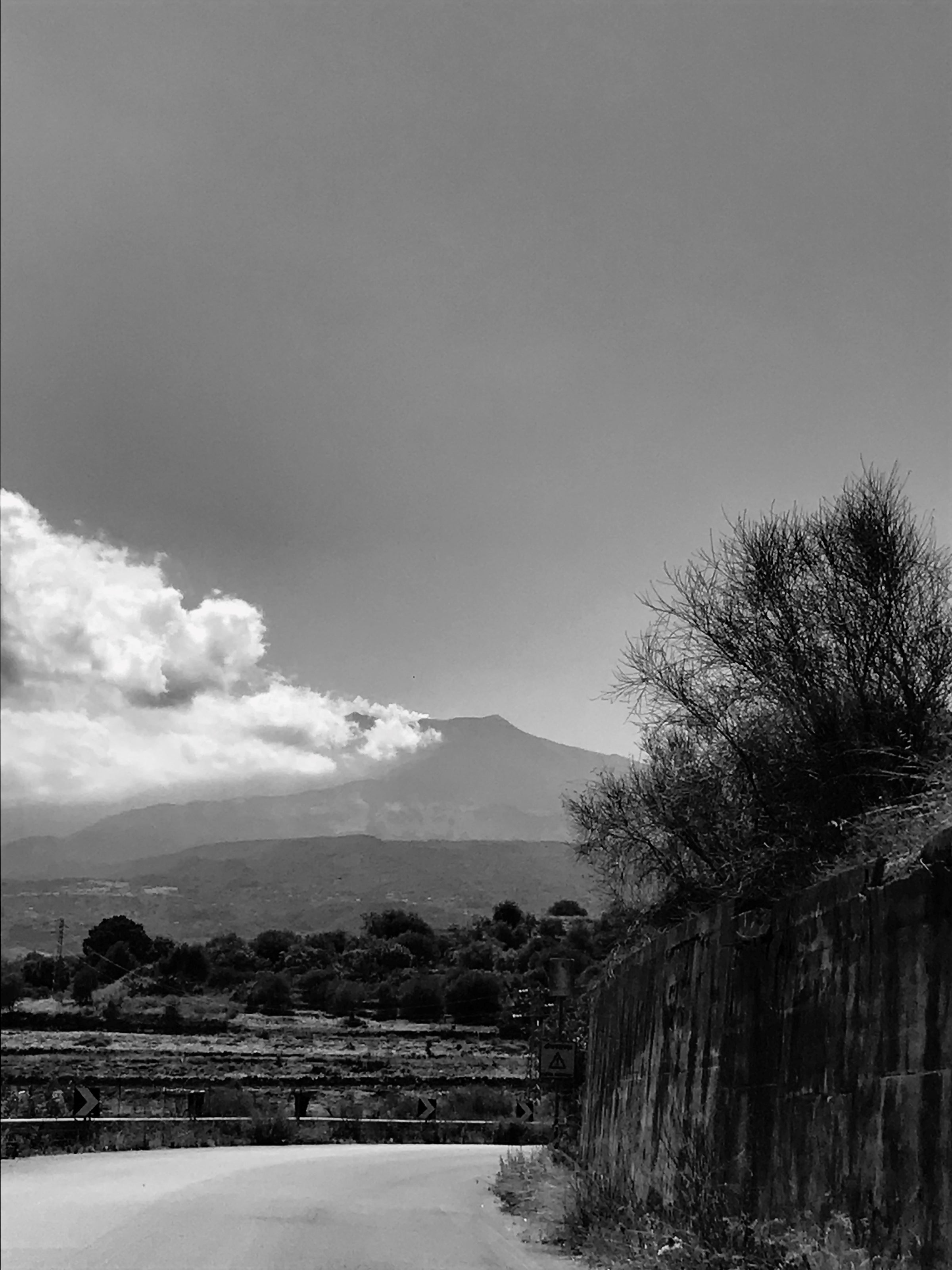
Nonetheless, ever new and exciting recipes are developed all over the island in accordance with the delicacies of the regions. In Catania, you will find thearancini alla norma (with tomato, eggplant and ricotta), in northern Sicily, you’ll bite intoarancini al pistachio di Bronte(with cheese and pistachios which hark from the region of Bronte, famous for its acres of pistachio trees), seaside towns will servearanciniwith squid ink, and you will find pecorino cheese oozing out of thearancinifrom the agricultural terrains. Chefs continue to experiment with different fillings using elevated or non-Sicilian ingredients such as truffle (Tuscan), ‘nduja (Calabrian), or gorgonzola (Milanese). The past is therefore not diminished by progression but instead is exalted, andarancini/eold and new shed light on this Sicilian philosophy of history and novelty.
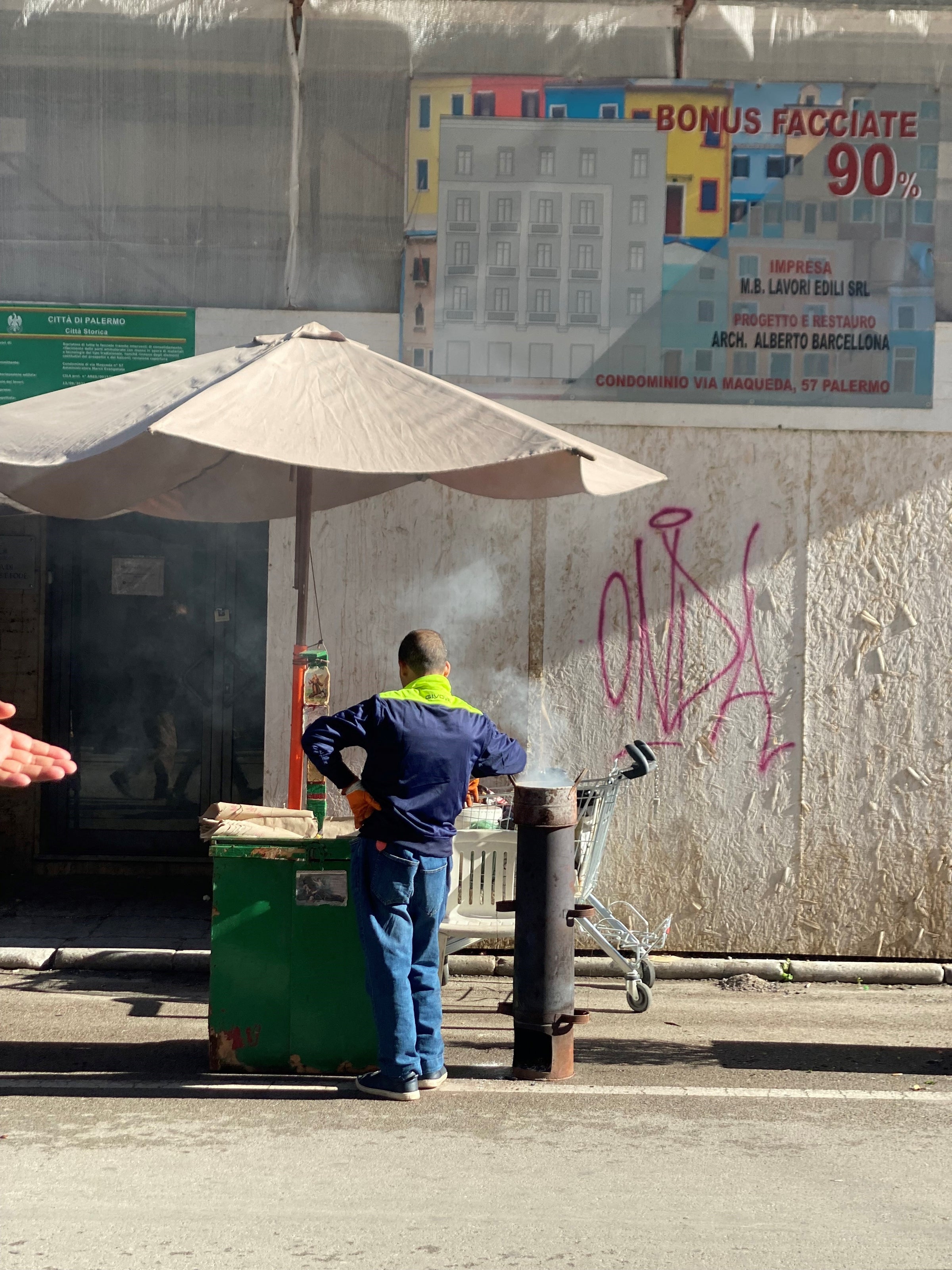
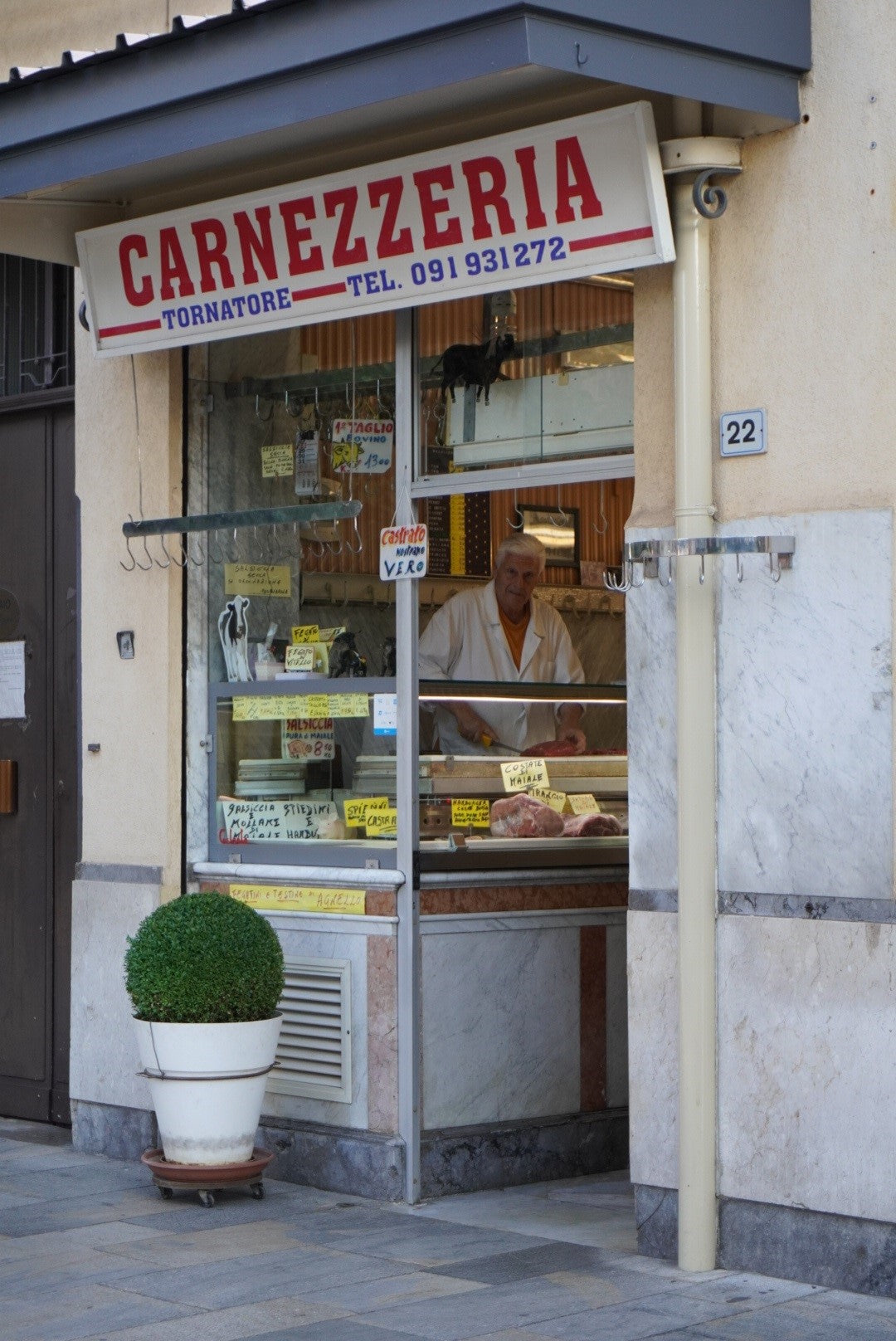
The sanctity of thearancinocan be discerned by its leading role not only in daily life but also on festival days. On 13th December, Palermo, the Western capital of Sicily, celebrates the day of Santa Lucia. The saint is venerated in Palermo because in the 17thcentury, when the city was suffering from famine and disease, a group of fishermen prayed to Lucia in a last-ditch attempt for salvation. It is said that suddenly, a ship appeared at the port loaded with grain to feed the city. To honour the struggles of the famine, the 13thDecember does not glorify wheat as the main protagonist in dishes but rather, rice and corn. It was therefore only fitting that that the Palermitani chose thearancinaas the culinary symbol of this festival.
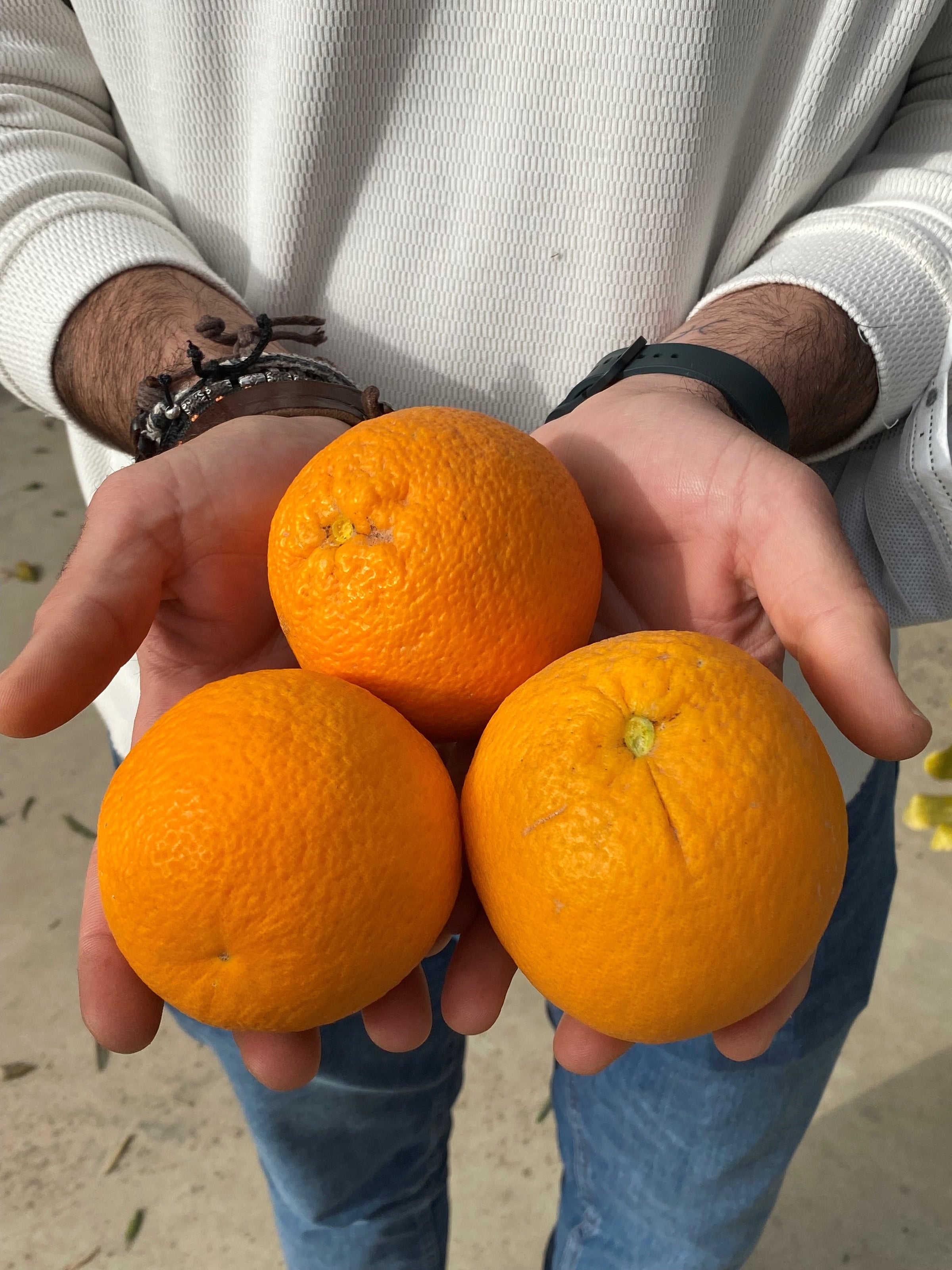
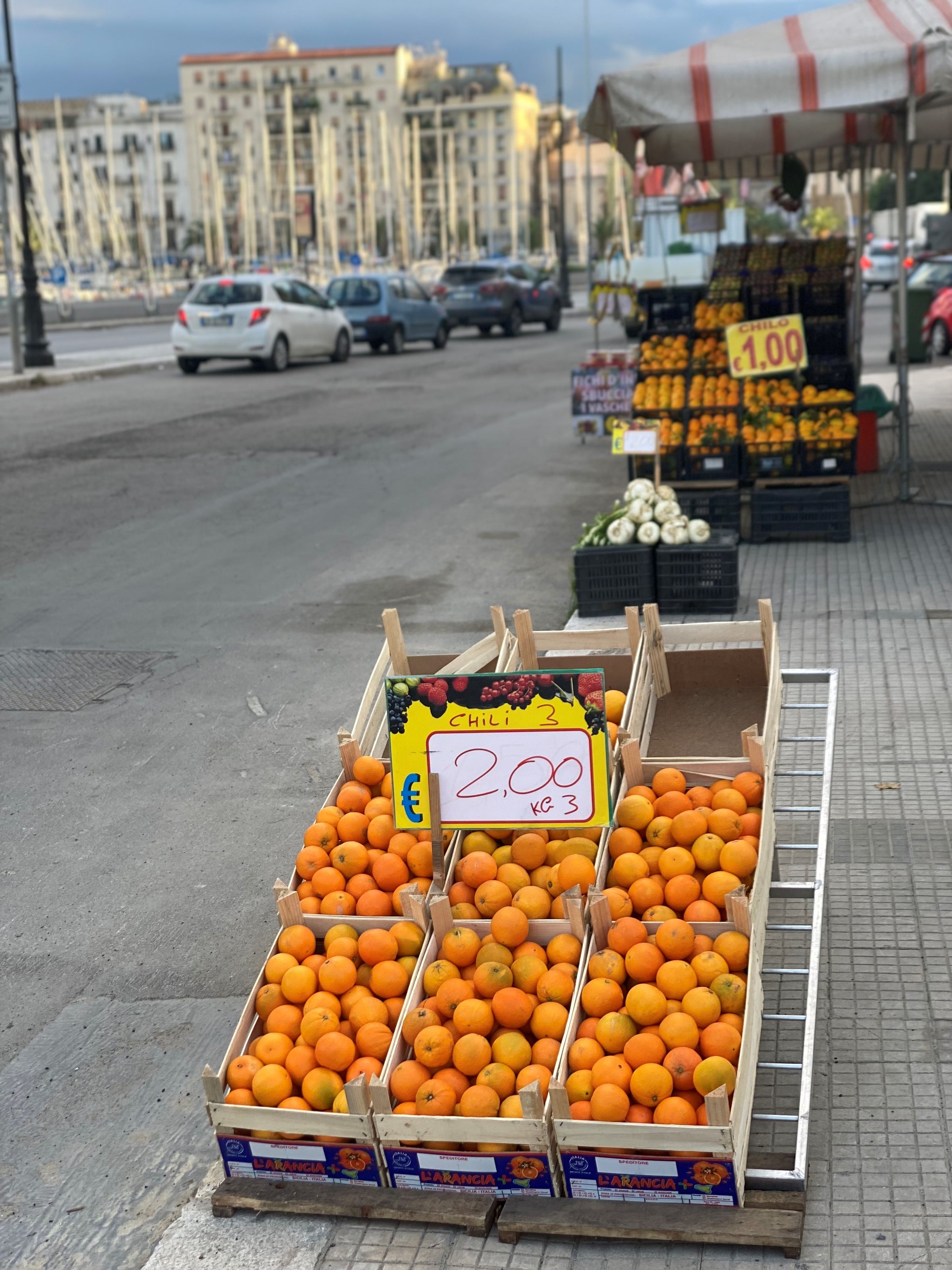
Arancini may well be your first and last bites of Sicily. If you are reaching the island by ferry from mainland Italy, it is a tradition to purchase the street food from the bar onboard and scoff it down before the 20-minute crossing through the Strait of Messina is complete. Whilst they will not be the greatest quality you will ever have, the ferry arancini taste like anticipation and represent the start of a Sicilian adventure. If you are departing Sicily by plane, Catania and Palermo Airports have countless bars serving arancini/e offering one last chance to savour the island. It is a food that signifies how Sicilian cuisine has been shaped by the various cultures which have influenced the land in its long and chequered past. It is a food born out of a desire for convenience but without compromising on taste. It is a food which inspires change and is devoted to tradition and for this reason, it will continue to symbolise the region for another thousand years to come.





